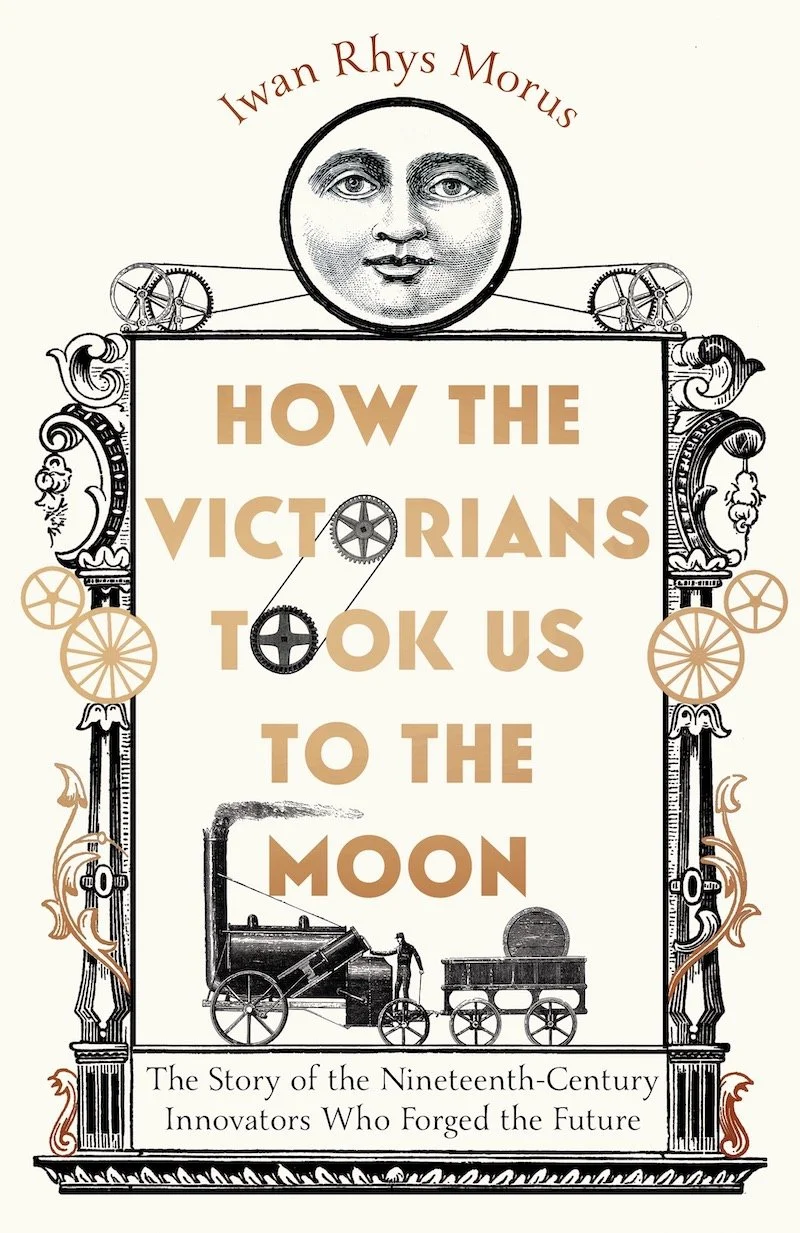Icon (UK & Commonwealth); Pegasus (North America) – 2022
How the Victorians Took Us to the Moon: The Story of the Nineteenth-Century Innovators Who Forged the Future
By Iwan Rhys Morus
Strange new machines, novel ways of communicating over vast distances, thinking automata and the dream of flight…
The Victorians saw the future as an undiscovered country, ripe for exploration and colonization. To get us there, they created a new way of transforming nature, built on grand designs and imperial resources – and in doing so revolutionized science.
With their expert culture of accuracy, precision and standardization, they created telegraphs and telephones, electric trams and railways, built machines that could think and devised engines that could reach for the skies. When Cyrus Field’s audacious plan to lay a telegraph cable across the Atlantic finally succeeded in 1866, it showed how science could make new worlds. As crowds flocked to the Great Exhibition of 1851, they witnessed the future being invented before their eyes.
In this rich and absorbing book, historian of science Iwan Rhys Morus tells the story of how this future was made. From Charles Babbage’s dream of mechanizing mathematics to Isambard Kingdom Brunel’s tunnel beneath the Thames, and from George Cayley’s fantasies of powered flight to Nikola Tesla’s visions of an electrical world, it is a story of towering personalities, clashing ambitions, furious rivalries and conflicting cultures – a vibrant tapestry of remarkable lives that transformed the world beyond recognition and ultimately took us to the Moon.

